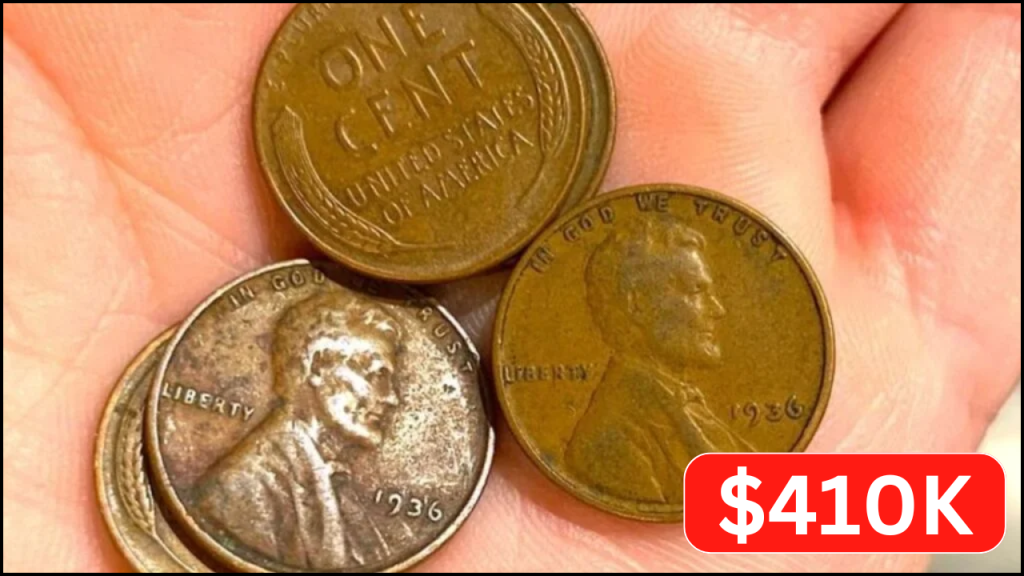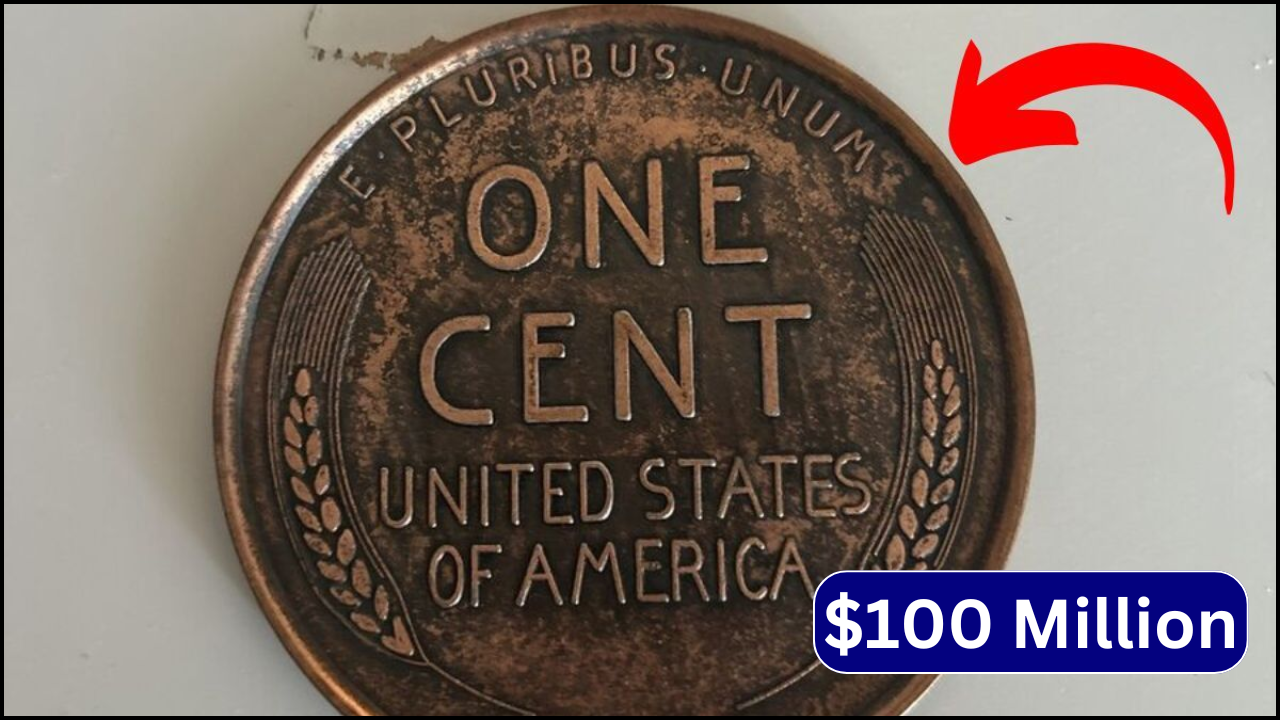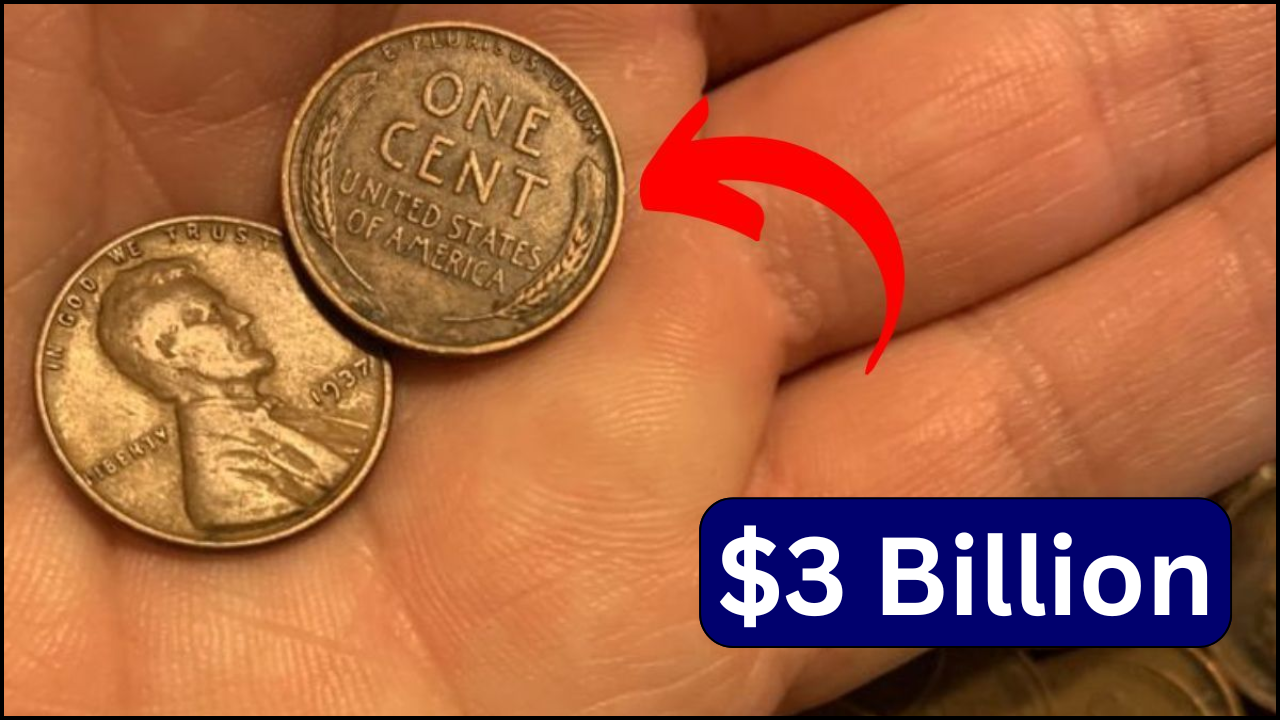
The Lincoln Wheat Penny has captured the imagination of collectors and everyday Americans alike. Stories of pennies worth hundreds of thousands of dollars circulating in pocket change create excitement about the possibility of finding unexpected treasure. But what’s the real story behind these valuable coins, and what makes them so special? This analysis explores the history, value, and cultural significance of these iconic American coins.
Historical Significance
The Lincoln Wheat Penny debuted in 1909 to commemorate Abraham Lincoln’s 100th birthday. This marked a significant milestone in American coinage as the first time a real person’s portrait appeared on a regularly circulating U.S. coin. The design featured Lincoln’s profile on the front and two wheat stalks on the back, giving the coin its popular name. These pennies remained in circulation until 1958, witnessing nearly half a century of American history including both World Wars and the Great Depression.
The Wartime Error That Created Treasure
During World War II, copper became a strategic material needed for military equipment. In 1943, the U.S. Mint switched to zinc-coated steel for penny production. However, a small number of copper blanks from 1942 were accidentally struck with the 1943 date, creating the rare and valuable 1943 bronze pennies that were never supposed to exist.
These error coins entered circulation alongside their steel counterparts, unrecognized at the time for their future value. With fewer than 20 believed to exist, these rare coins have sold for as much as $410,000 at auction.
The Lincoln Wheat Penny Valued at $3 Billion, Separating Fact from Fiction
Rare Bicentennial Quarter Worth $2.2 Billion, Three Coins That Could Change Your Life
The Lincoln Wheat Penny Valued at $1.4 Billion, From One Cent to One Billion
Value Perspective
The extraordinary value of certain Lincoln Wheat Pennies stems from multiple factors:
- Extreme rarity: The 1943 bronze pennies exist in very small numbers.
- Historical significance: They represent a fascinating wartime manufacturing error.
- Condition: Well-preserved specimens command higher prices.
- Authentication: Verified examples by professional numismatists are more valuable.
While the 1943 bronze penny represents the pinnacle, other valuable wheat pennies include the 1909-S VDB (featuring the designer’s initials), the 1944 steel penny (another error when steel blanks were accidentally used after returning to bronze), and the 1955 doubled die penny (showing visible doubling of the date and inscriptions).
The Treasure Hunt Perspective
The most captivating aspect of the Lincoln Wheat Penny story is its democratic nature. Unlike many valuable collectibles secured in museums or private collections, these coins could theoretically appear anywhere—in an inherited jar of pennies, a forgotten collection, or even as change from a purchase.
This accessibility makes coin collecting one of the few hobbies where an amateur might discover something extremely valuable while going about their daily routine. The hunt itself becomes part of the appeal, turning ordinary penny-checking into a treasure hunt with real potential rewards.
Cultural Significance
Beyond monetary value, Lincoln Wheat Pennies represent important pieces of American history. They serve as tangible reminders of the national sacrifices made during World War II when materials for everyday items were diverted to the war effort. Each penny creates a physical connection to the past, allowing people to hold a small piece of American history in their hands.
The Skeptical Perspective
Despite the excitement surrounding valuable pennies, some skepticism is warranted:
- Rarity reality: The chances of finding an extremely valuable 1943 bronze penny are extraordinarily slim, with fewer than 20 known to exist.
- Counterfeit concerns: The high value of rare pennies has led to the creation of fakes, including copper-plated 1943 steel pennies.
- Exaggerated values: Some articles and websites may overstate the value of common wheat pennies to generate interest.
- Authentication requirements: Even if a rare coin is found, professional authentication is essential and can be costly.
Educational Value
Regardless of whether one finds a valuable penny, the search itself offers educational benefits. Coin collecting introduces people to history, economics, metallurgy, and design. It encourages attention to detail and research skills while providing a tangible connection to the past.
Final Thoughts
The Lincoln Wheat Penny represents more than just potential financial value. It embodies American history, craftsmanship, and the enduring appeal of discovering hidden treasure in everyday objects. While finding an extremely valuable penny remains unlikely, the hunt itself can be rewarding as an educational hobby that connects people with history.
For those interested in starting their search, examining old coins with careful attention to dates, mint marks, and unusual features can be both entertaining and potentially rewarding. The real value may ultimately lie not in finding a $410,000 penny, but in the knowledge gained and the connection formed with a small but significant piece of American history.





best darknet markets dark web marketplaces
darknet market links dark web marketplaces
dark websites darknet market list
darknet markets url dark websites
dark web link best darknet markets
darkmarkets dark market url
darknet drug links dark web market list
darknet drug market darkmarket
darknet drug store dark web market
best darknet markets darknet sites
dark market darkmarket
dark web market urls dark market url
darknet drugs darkmarket url
dark market url darkmarket list
tor drug market darkmarket link
tor drug market darknet market links
darknet market links darknet websites
darknet marketplace dark web drug marketplace
darknet marketplace darknet markets onion
dark market list darknet markets 2025
bitcoin dark web darknet market list
darknet market darkmarket url
dark markets 2025 darknet site
darknet drug market darkmarket
darknet drugs darkmarket link
dark web drug marketplace darknet market links
darkmarket list dark market url
dark web link dark markets
darkmarket dark web drug marketplace
dark web market list darknet drug links
darkmarket 2025 darknet marketplace
darknet markets onion address dark market list
darknet links darknet markets url
darknet market dark market onion
darknet marketplace darknet market lists
dark web markets darknet websites
darknet markets 2025 darknet markets onion
darknet drug links darknet sites
dark web market list darknet markets onion address